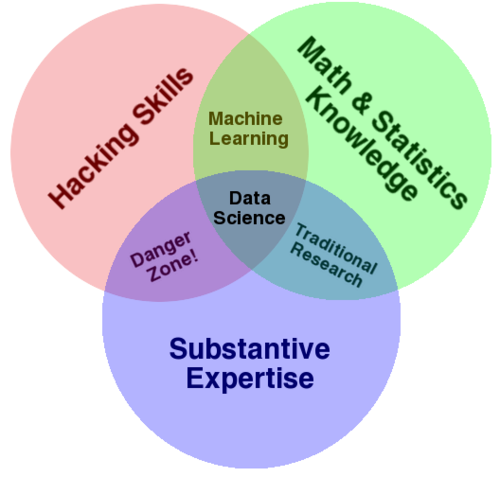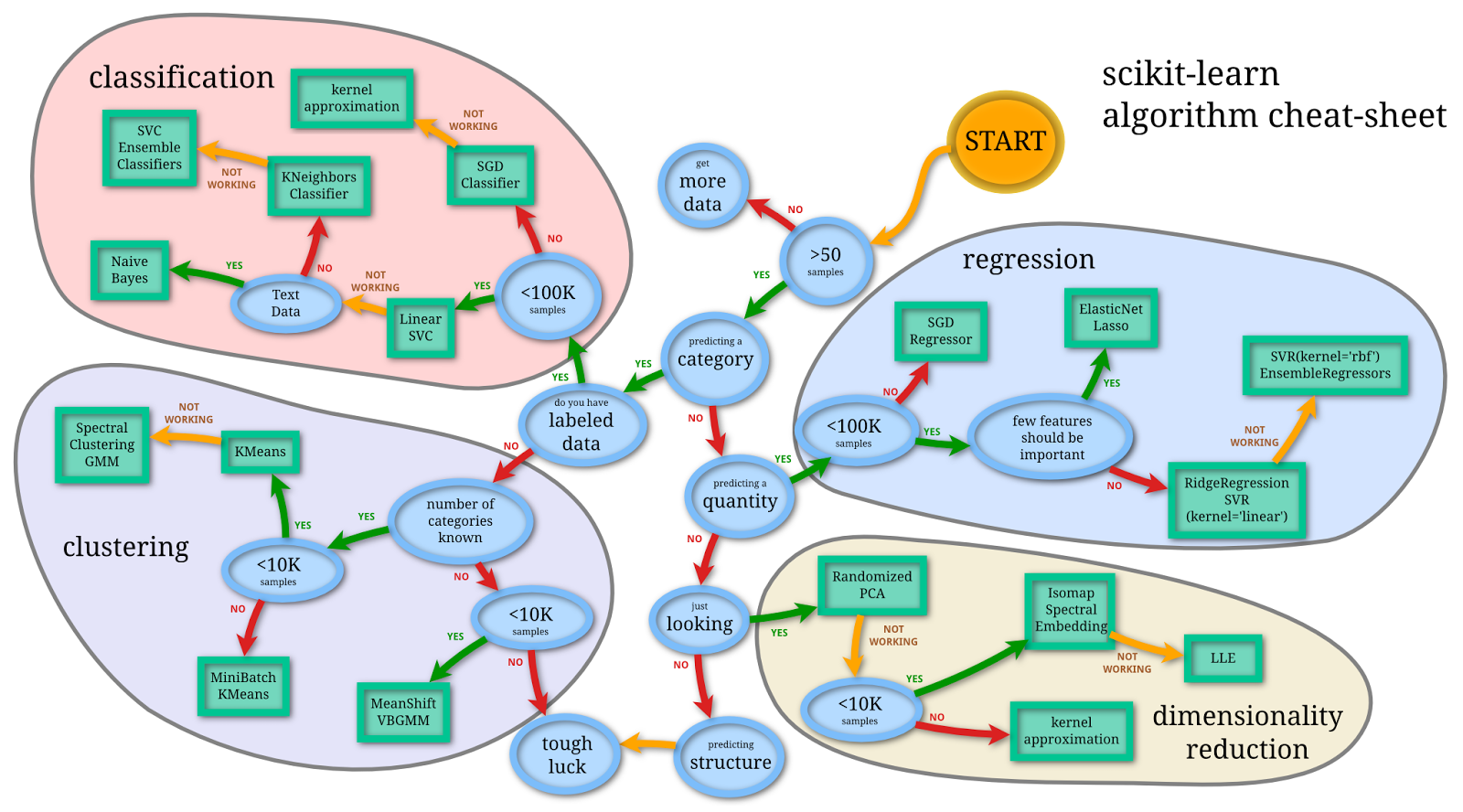A Nebulous Scope of Materials Informatics
Materials Informatics
Materials Informatics is a burgeoning amalgamation of materials science, data science, electrical engineering, and modern web tools to solve grand materials science challenges. Simulataneously, the landscape of materials data is changing in an explosive manner. In breadth, materials science research data is distributed and enormous, but really hard to find. Data science focuses on discovering, leveraging, digesting, and sharing knowledge of patterns in information.
Early Case Studies in Materials Informatics
Diversity of Materials Scinece
Materials science may be one of the most intrinsically diverse fields in the physical sciences. Often I find it hard to differentiate between what is and what is not materials science research; everything demands materials. This diversity in materials science is typically coralled by the following categories:
- Material System - What material system do you study? Metals? Organics? Composites? Ceramics?
- Length Scale - Information can be generated across a continuum of spatial and temporal length scales, but only within a limited resolution.
- Physical Phenomena - Individually researchers may explore the reduced impacts of structural properties like corrosion, fatigue, and strength or functional properties that are magnetic and electronic. The phenomena of interest usually indicates whether a researcher is concerned in materials properties that propogated up (homogenization) or down (localization) in scale.
- Data Source - There are experts at simulation and experts at microscopy. We all have a skill and often that skill is either in physical experiments or computing.
- Data Generation, Ingestion, and Analysis - One of the most diverse frontiers of materials science research are the data manipulations used to generate and explore materials data.
What happens when your interests become less bounded?
Data Science
The foray of data science into the materials science space indicates a new cultural
singularity in materials science. The entrance of data science practices into expert domains has shown incredible influences, enough
so that create entire new economies. Data science augments conventional research (R&D) practices
with so called “hacking skills” and “machine learning”.

Drew Conways’s visual description of data science.
Data sciences introduce practices that leverage existing human and machine accessible information to better inform traditional research practices. Underlying trends in data exist, but under normal circumstances they may escape most researchers sensibilities. Advanced algorithms and creative practices allow data scientists to find hidden patterns in data.

A survey/cheat sheet for using a wide array of machine learning techniques in SciKit Learn.
On “Hacking Skills”
For better or worse, data is a commodity traded electronically; therefore, in order to be in this market you need to speak hacker. This, however, does not require a background in computer science—in fact—many of the most impressive hackers I have met never took a single CS course. Being able to manipulate text files at the command-line, understanding vectorized operations, thinking algorithmically; these are the hacking skills that make for a successful data hacker.
Materials Research
Materials science research is typically encapsulated as emergent multi-scale and multi-physics structure-property-processing relationships.

- structure features are typically independent variables in materials data science. Structure features may deterministically or statistically represent materials features (e.g. phase, optic, fraction, energy) in space or time.
- processing features are external conditions that affect the structure of the material in service. Processing conditions are loads, temperature, pressure, preparation, handling, etc that effect the material either directly or indirectly.
- properties are dependent on the material structure and its processing. Properties are measurable quantities that could qualify a materials structural, magnetic, or electronic performance.
Structure-property-processing connections live and breath in service. All external conditions have the potential to process a materials, change its structure, and ultimately its performance.
Materials Data Science
Predicting the Roles of the Materials Data Scientist in the Materials Genome Initiative
Diversity Demands Collaboration
The diversity of materials informatics will be both its strength and its complication. Materials informatics leverages a broad range of skills, lexicons, fields, talents, and personalities to solve challenges that require each agents best skills. This course will be geared towards unearthing and improving all the students talents while appreciating the murky space of collaboration.
Materials Informatics Projects
- MINED
- Aflow
- Harvard Clean Energy Project
- The Materials Project
- Rajan Krishna
- CHIMAD
- Materials Genome Initiative
- National Manufacturing Initiatives